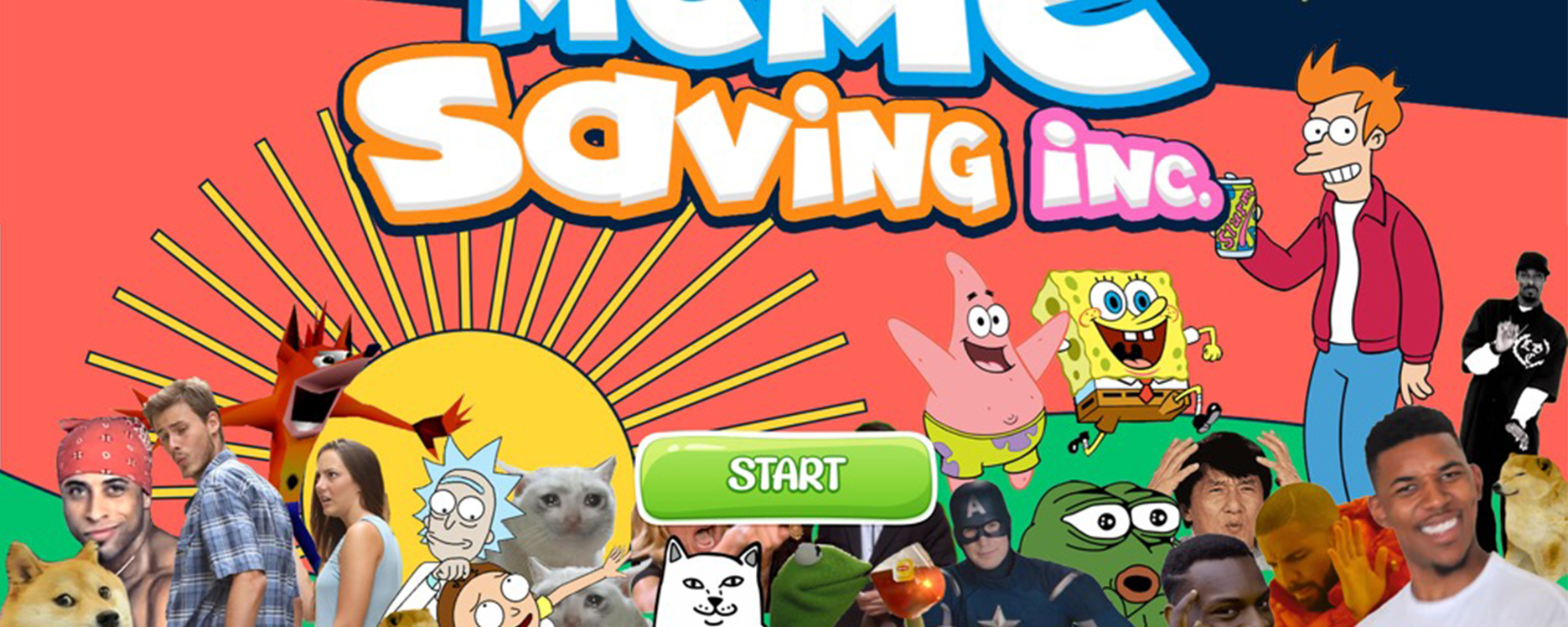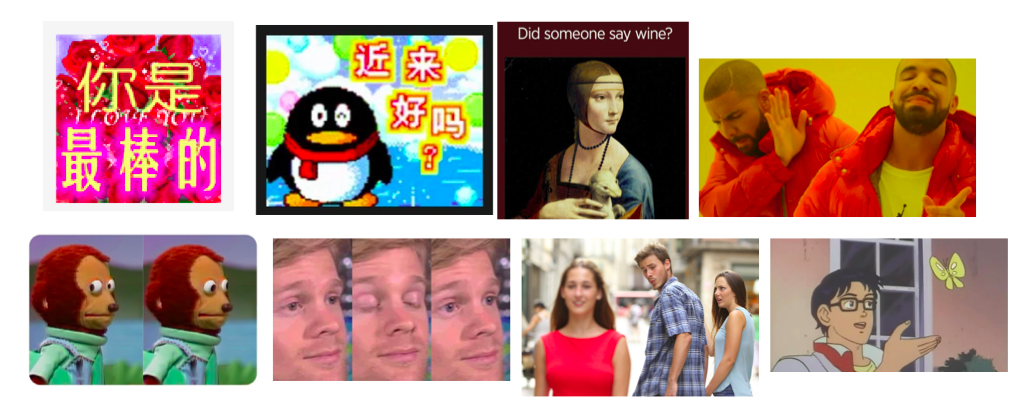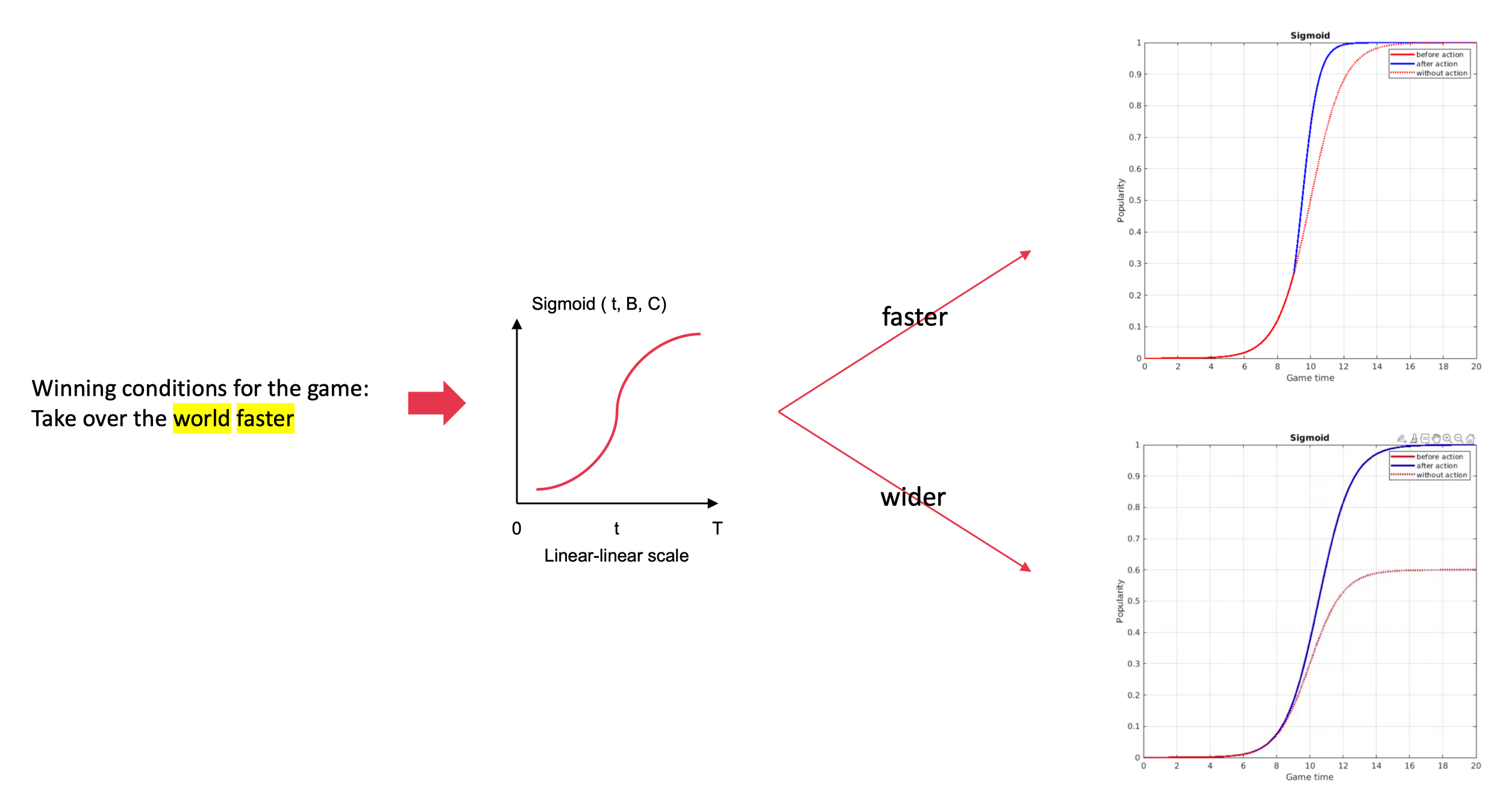
Why Do Certain Memes Keep Coming Back?
The spread and popularity of memes has always been an interesting topic. The group and I explored the reasons for their popularity in this project and tried to explain an interesting finding: why do some meme with nostalfic elements keep coming back?
表情包的传播和流行一直是一个有趣的话题。我和组员们在这个项目中探讨了其流行的原因,并试图去解释一个有趣的发现:为什么一些具有复古元素的表情包总是不断出现?

After literature research, we found these interesting points.
经过文献调研,我们发现了这几个有趣的点:
- Negative emotions are easier to spread [1]
- Cartoon meme spreads more easily in Asia [2]
- The spread of meme can be similar to the spread of viruses [3]
- The spread of memes is uncontrolled and chaotic [4]
- 负面情绪在网络中更容易传播 [1]
- 卡通风格的表情包更容易在亚洲流行 [2]
- 表情包的传播和病毒的传播类似 [3]
- 表情包的传播往往是不受控制且混乱的 [4]
Besides, researches on nostalgia also explains the popularity of memes contain nostalgic element:
其次,关于怀旧情绪的研究,也能一定程度上解释表情包流行的原因:
- Nostalgia is more easily to spread in winter [5]
- Men are more nostalgic compared to women [6]
- Memes are more likely to spread when they provoke a personal/emotional significance in people [7]
- The generation of the WeChat users will influnce the popularity of a meme [8]
- Nostalgia is triggered by dysphoric states such as negative mood and loneliness [9]
- 怀旧情绪更容易在冬天被传播 [5]
- 相比女性,男性往往更加怀旧 [6]
- 当表情包引起人们的情感共鸣时,它们更容易被传播 [7]
- 微信的用户群体影响了表情包的流行 [8]
- 怀旧是由负面情绪和孤独感等不良状态引发的 [9]
Inspired by the idea that "the popularity of memes are similar to viral spreading", we decided to present our point with a game. It will be a game similar to the Plague Inc model. We want players to explore the different options within the game regarding memes and optimise the chosen one to take over the planet. We have named this game: Meme Saving Inc.
受到 “表情包的流行与病毒传播相似” 的启发,我们决定通过一个游戏来表达我们观点。这将会是一个类似 瘟疫公司 模式的游戏。我们希望玩家探索游戏内关于表情包的不同选项,优化所选的表情包,让它占领地球。我们将这个游戏取名为:Meme Saving Inc.

(Meme Saving Inc.)
In the game, players are challenged to optimise the chosen emoji to make it take over the world as fast as possible. There are two key factors in this: how to make the chosen meme spread faster; and how to get people around the world to use the chosen meme. To quantify the game mechanics, we introduce the viral propagation model mentioned by Le-Zhi Wang et al [3]: using the sigmoid function to represent the propagation of the meme. The two key factors mentioned above correspond to how to expand the slope and the value domain of the function.
在游戏中,玩家将挑战优化所选的表情包,让它尽可能更快的占领全球。这其中有两个关键因素:如何让所选情包传播的更快;如何让全世界的人都用所选表情包。为了量化游戏机制,我们将 Le-Zhi Wang [3] 等人提到的病毒传播模型引入其中:用 sigmoid 函数 表示表情包的传播。上述的两个关键因素演变为了如何扩大函数的斜率和值域。

(Using Sigmoid to quantify game mechanics)
(用 sigmoid 函数量化游戏机制)
Finally, the ideas from the previous research (i.e. the ideas we wanted to convey to the players) were matched to the two mechanisms.
最后,将之前调研得到的观点(也即我们想传达给玩家的观点)与两个机制匹配上即可。

(Match research with sigmoid)
(在游戏机制中体现想传达的观点)
Unfortunately, we didn't finish the entire web game development and all we have to show for it is the prototype.
非常可惜,我们最后没有完成整个网页游戏的开发,可展示的仅有原型图。
Overall, this project was the most enjoyable project I have done in my first semester of postgraduate study. In the video below you will see the full 'double diamond' design process, including how we dispersed the investigation and narrowed the focus of the design.
总的来说,这个项目是我在研究生第一学期中做的最开心的项目。在下面但视频中,你将看到完整的“双菱形”设计流程,包括我们是如何发散调查和收窄设计重心的。
[1] Kate M Miltner. ““There’s no place for lulz on LOLCats”: The role of genre, gender, and group identityin the interpretation and enjoyment of an Internet meme”. In:First Monday(2014)
[2] Asaf Nissenbaum and Limor Shifman. “Meme templates as expressive repertoires in a globalizing world:A cross-linguistic study”. In:Journal of Computer-Mediated Communication23.5 (2018), pp. 294–310.
[3] Le-Zhi Wang et al. “A model for meme popularity growth in social networking systems based on biologicalprinciple and human interest dynamics”. In:Chaos: An Interdisciplinary Journal of Nonlinear Science29.2 (2019), p. 023136.
[4] Susan Blackmore and Susan J Blackmore.The meme machine. Vol. 25. Oxford Paperbacks, 2000.
[5] Xinyue Zhou et al. “Heartwarming memories: Nostalgia maintains physiological comfort.” In:Emotion12.4 (2012), p. 678
[6] Robert M Schindler and Morris B Holbrook. “Nostalgia for early experience as a determinant of consumerpreferences”. In:Psychology & Marketing20.4 (2003), pp. 275–302
[7] Kentaro Oba et al. “Memory and reward systems coproduce ‘nostalgic’experiences in the brain”. In:Socialcognitive and affective neuroscience11.7 (2016), pp. 1069–1077
[8] 腾讯传媒。“为啥这年头年轻人都爱死了中老年表情包”,http://www.myzaker.com/article/58ad8c431bc8e08f13000002/
[9] Sedikides, C. et al. (2008) ‘Nostalgia: Past, Present, and Future’, Current Directions in Psychological Science, 17(5), pp. 304–307. doi: 10.1111/j.1467-8721.2008.00595.x.
